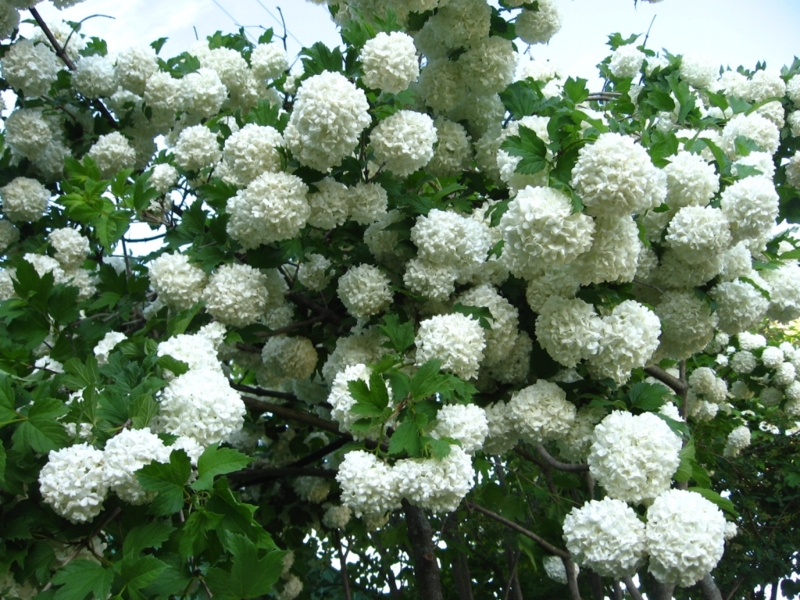 Kalina is one of the most popular trees in Russia. They compose songs about her, she adorns parks and city streets. Since the time of Catherine the Second, the viburnum Bldenezh variety has been known. Lush large snow-white inflorescences gave it a name: in translation from the native language of the author of the variety, the Frenchman Lemoine, it sounds like a "snowball".
Kalina is one of the most popular trees in Russia. They compose songs about her, she adorns parks and city streets. Since the time of Catherine the Second, the viburnum Bldenezh variety has been known. Lush large snow-white inflorescences gave it a name: in translation from the native language of the author of the variety, the Frenchman Lemoine, it sounds like a "snowball".
Content
Variety Description
Guelder-rose Boule de Neige - the representative of a wide family of guelder-rose ordinary. Buldenezh can stretch up to four meters. Lush, with long flowering, the tree bears fruit for fifty years. Balls of white flowers bloom in the first summer months and stay on branches from two to four weeks.
The first feature of the variety is that the beginning of flowering is characterized by greenish hues, then smoothly switches to a pure white color. The splendor of the colors ends with pink shades.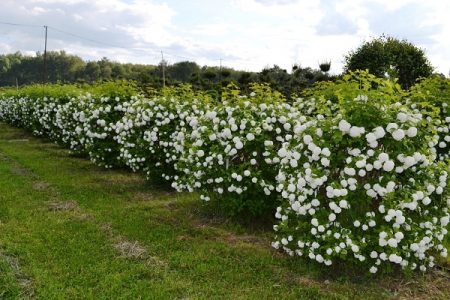
Another hallmark of viburnum buldenezh is that it absolutely does not smell.
The roots of the tree are located close to the surface of the land layer, therefore, although the variety is considered winter hardy, it can partially be affected in severe and snowless Russian winters.
Landing
It is impossible to achieve long flowering and long life of viburnum without proper planting of a seedling. The variety feels most comfortable where the earth is in a constantly moistened state. The plant does not tolerate dark places, it requires light partial shade during daylight hours.
Planting of seedlings should be done in the off-season, preferably on cloudy but warm spring and autumn days. Buldenezh at high summer temperatures and under the direct rays of the burning sun, most likely, does not take root.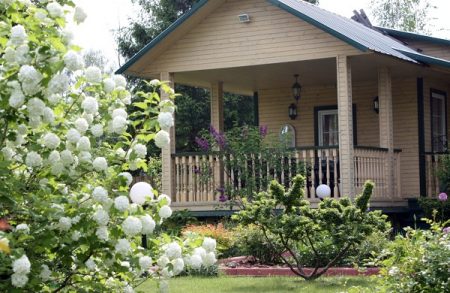
To plant a young tree, you should start in advance. The prepared excavation in the soil should be half a meter wide and the same depth. As a drainage, which will serve as the basis for our planting, stones (cracked brick or large gravel) mixed with river sand are used.
In order for the plant to take root, a nutrient medium is needed. To create it, we mix the compost with the earth from the nearby beds, mix the complex fertilizer and ash into the solution. We collect half of the resulting substance in a pile in our pit. On it and install the cooked seedling. Along its edges we straighten the root system of the plant, slightly dig in the root neck. With the left mixture, fill the pit with a new tree.
After planting, spill the roots with water. After watering, the solution at the base of the seedling will settle. You can raise the soil surface level due to the land from the garden. The last stage of planting is mulching of the root zone. The purpose of this action is to retain moisture at the roots and provide oxygen access to them.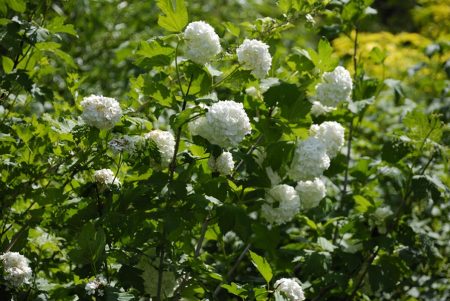
According to the standard, at the disposal of each tree should be at least four to four and a half meters of area. If in the immediate vicinity there will be other trees, the crown of viburnum will not be able to develop fully.
Care
Caring for this type of culture is not difficult. The traditional pruning of broken and frozen branches is carried out in early spring, in late autumn, gardeners remove all shoots affected by the disease and those branches that are damaged.
In anticipation of winter, you can carry out corrective pruning of shoots to maintain or improve the shape of the crown. It is on these days that the tree will painlessly survive the transformation into a bush: you just need to cut it down to the height that is required for the bush. In spring, the remaining stump will give abundant shoots.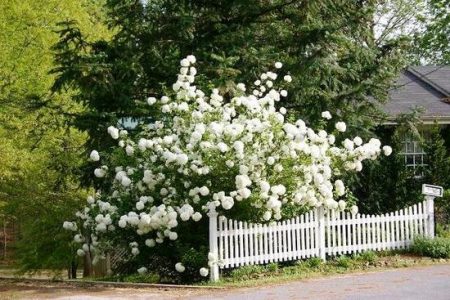
By the way, shoots will go from the root system. If the gardener does not have a goal to grow a living green wall with balls of white inflorescences, such branches should be removed in the spring. The saw cut place is treated with copper sulfate and we apply a layer of garden var.
In mid-autumn, the buldenje should be shed well. The abundant flow of water will give impetus to the growth of the root system. In addition, it will strengthen the tree itself and its roots, and it will be easier for viburnum to survive winter frosts.
Fertilizer
Buldenezh, like other garden trees, needs to be fertilized. The flowering and fruiting of the culture directly depends on this. The nutrient mixture that came to the seedling during planting gives him strength to develop for the first couple of years.
Then comes the turn of nitrogen fertilizing, which are effective in spring fertilizer of plants. Although at this time you can do with compost. Then, in early spring, for more active flowering, we process the branches with fertilizer, which contains boron. Autumn top dressing is, first of all, fertilizers with a high content of phosphorus and potassium.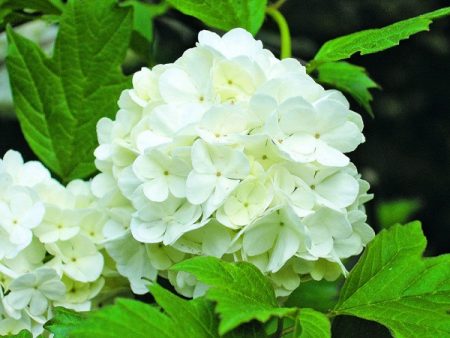
For the application of beneficial substances, two methods are acceptable here. In the first case, we scatter the additive around the trunk, mix it with the ground with a rake and pour a couple of watering cans on the roots. In the second, on the ground near the trunk, we make several pits with a garden drill; it’s enough to go deep by 25-30 centimeters. We take fertilizer and carefully read the instructions. Distribute the required amount of powder between the holes, fall asleep and water abundantly.
Breeding
Basically buldenezh propagated vegetatively:
Layering
The first method is suitable for spring breeding. For planting from a growing bush, viburnum bend a branch to the ground. Fix in a pre-prepared well. In order for the shoot to take root, one should cover it with humus and carefully water it. The soil near the lay should be constantly moistened.
More or less viable roots form only after 4-5 months. They are already able to survive the winter, but not on their own. They can be separated from the trunk no earlier than a couple of years after rooting.
Viburnum division
This manipulation is carried out in the summer. This requires moist cloudy weather: dividing the root system is always stressful for the plant, it receives mechanical injury. The peculiarity of the approach is that only those plants that grow in a bush are suitable here, respectively, many shoots appear from the ground.
To divide the roots, you should dig a shovel and divide the root system so that each component contains active shoots and roots. Each bush is planted at a distance of 2 m from each other. After planting, the plants are watered abundantly with water.
Cuttings
In early June, when pruned branches are cut from last year, a large amount of planting material is at the disposal of the gardener. Cuttings with a single internode (their length is seven to eight centimeters) for three summer months take root and harden in the ground.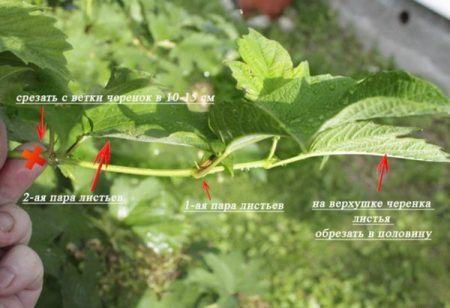
To plant such cuttings, humus or river sand will be required without unnecessary debris. In a street greenhouse they form a bed of humus (a layer of 7-20 cm), sand is poured on top. Seated a couple of centimeters deep, the cuttings are closed with arches and two layers of agrofibre are pulled on them. Such plantings should be watered with warm water for at least a couple of weeks.
The last breeding method for viburnum buldenezh is the most painless and fast.
Pests and diseases
Lesions with three pests are associated with viburnum buldenezh:
- aphid;
- scale shield;
- leaf beetle.
In addition, trees are often affected by powdery mildew and spotting.
Aphid
Aphids spoil not only leaves, but also snow-white balls of viburnum inflorescences. The most destructive bug for this variety is incompatible with spraying the bush with a mixture of tobacco and green soap or a solution of water and ordinary laundry soap. After spraying, the mixture is not washed off.
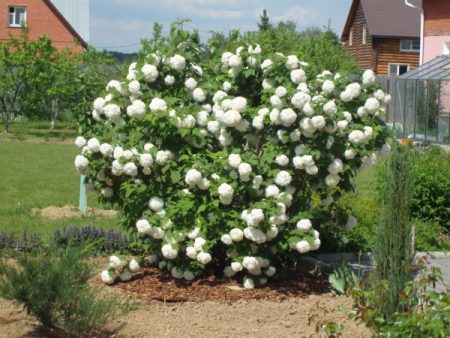
There are chemicals against the pest. They should be used strictly following the instructions. Preventive measures are carried out twice a season: at the end of May and at the end of August.
Shield
To prevent the appearance of scale insects on the branches of buldenezh, separate ordinary ash and household soap. An infusion of garlic is also suitable. Treatment - twice a season, similar to spraying from aphids. Of chemicals, you can advise actar and agrovertin.
Leaf beetle
The main means of combating this pest is preventive measures. In May and October - treatment with chemicals, throughout the season - increased attention to the affected foliage and shoots. Branches should be cut off immediately and in a timely manner, leaves should be torn off. Such actions will help prevent the spread of the leaf beetle.
Powdery mildew
To prevent this fungus from spreading, it is necessary to ensure that the crown is not thickened, and the grass near the trunk is mowed. If signs of powdery mildew become noticeable, the affected area should be sprayed with copper sulfate (0.5% solution) or Bordeaux liquid. Effective treatment will be in the spring until the leaves have bloomed. Of folk remedies, the use of a solution of water and garlic or onion is recommended.
Following our tips will help you grow luxurious snowballs of viburnum buldenezh on the site. Ornamental plant will delight you for 50 years, from year to year blooming snow-white inflorescences.

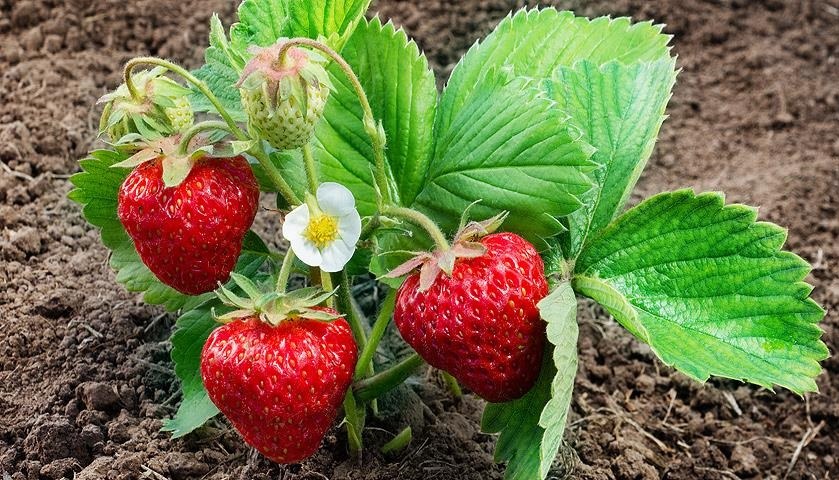
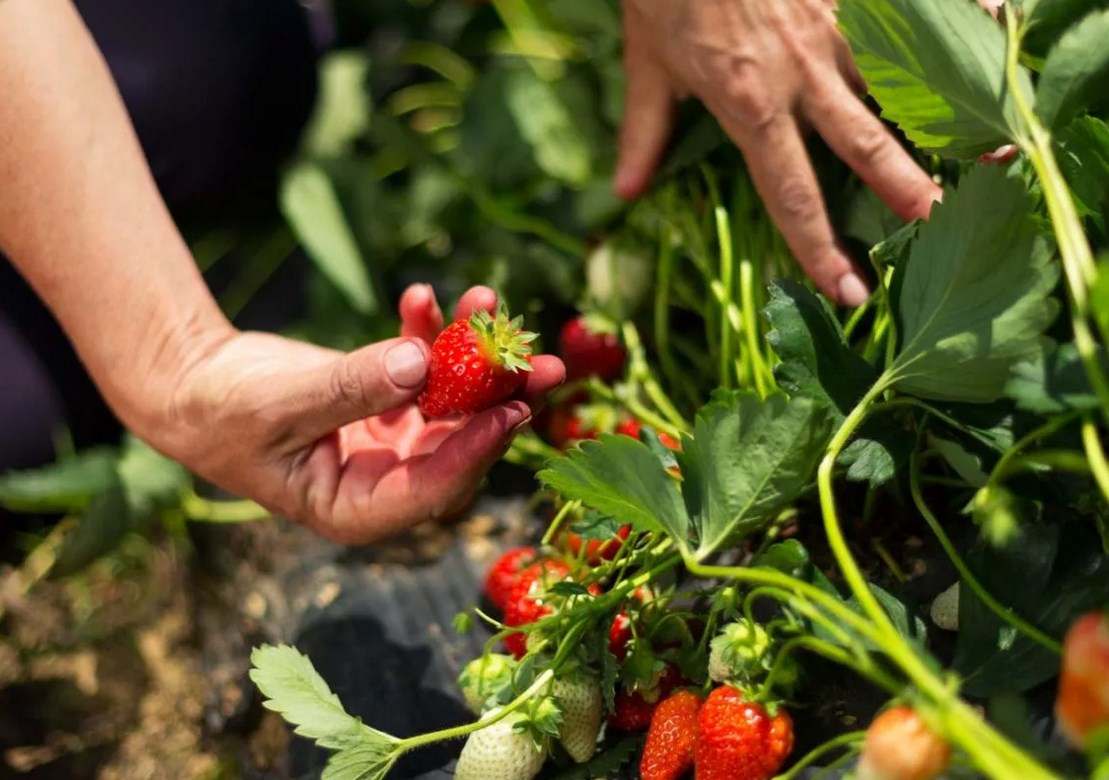
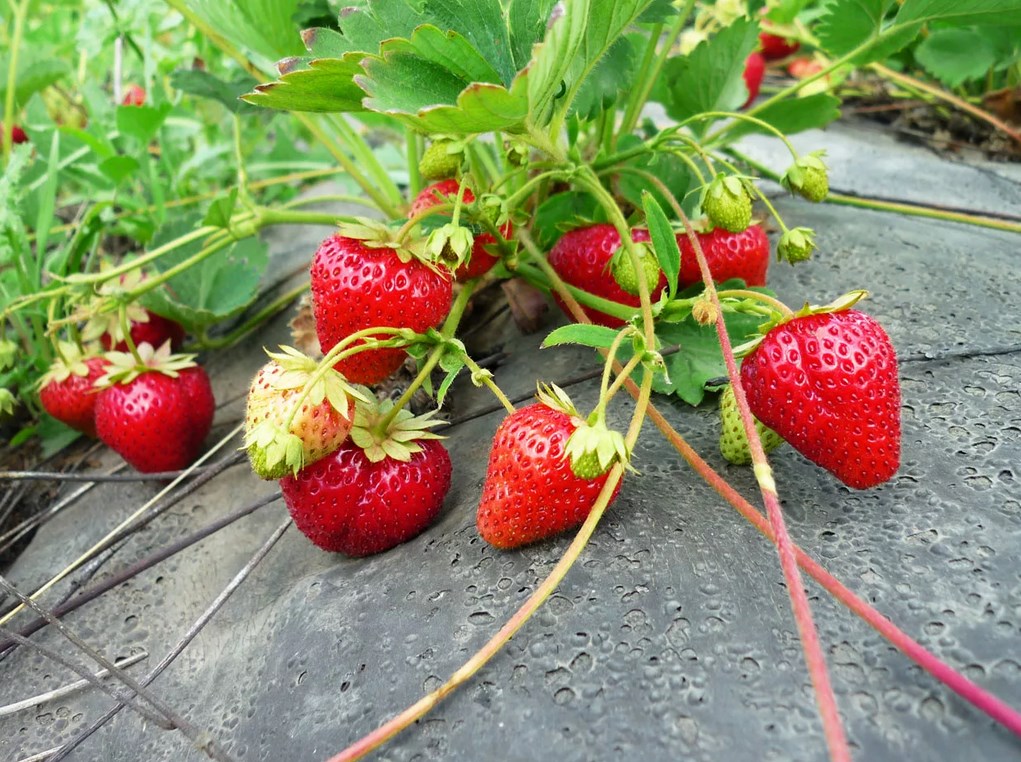
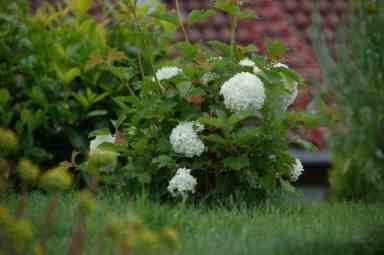
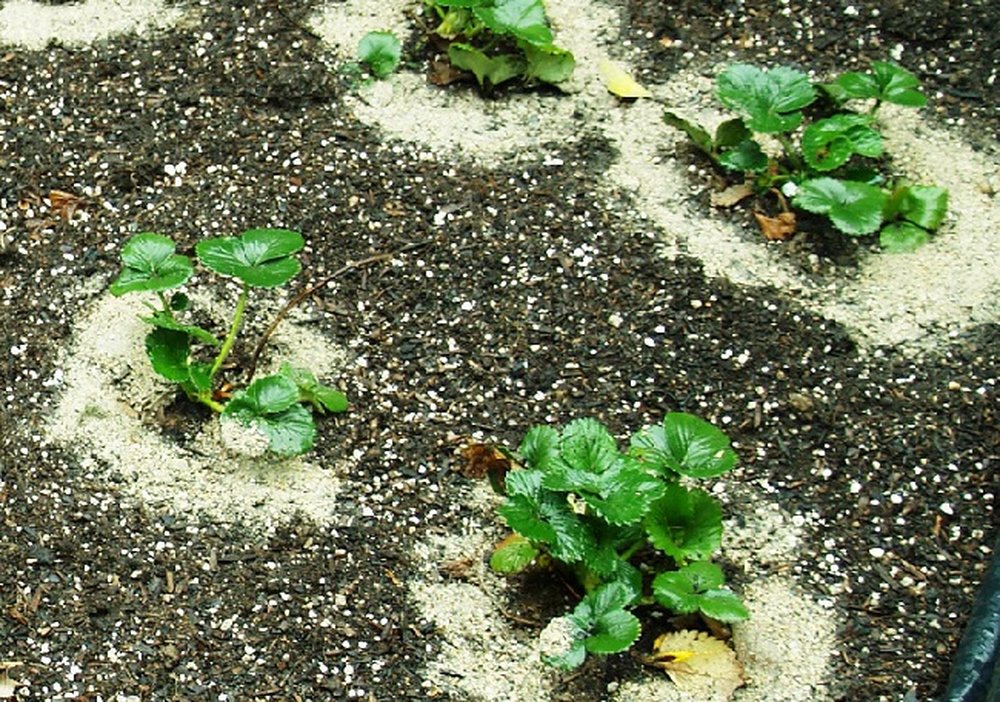 When to plant strawberries for seedlings from seeds in 2024
When to plant strawberries for seedlings from seeds in 2024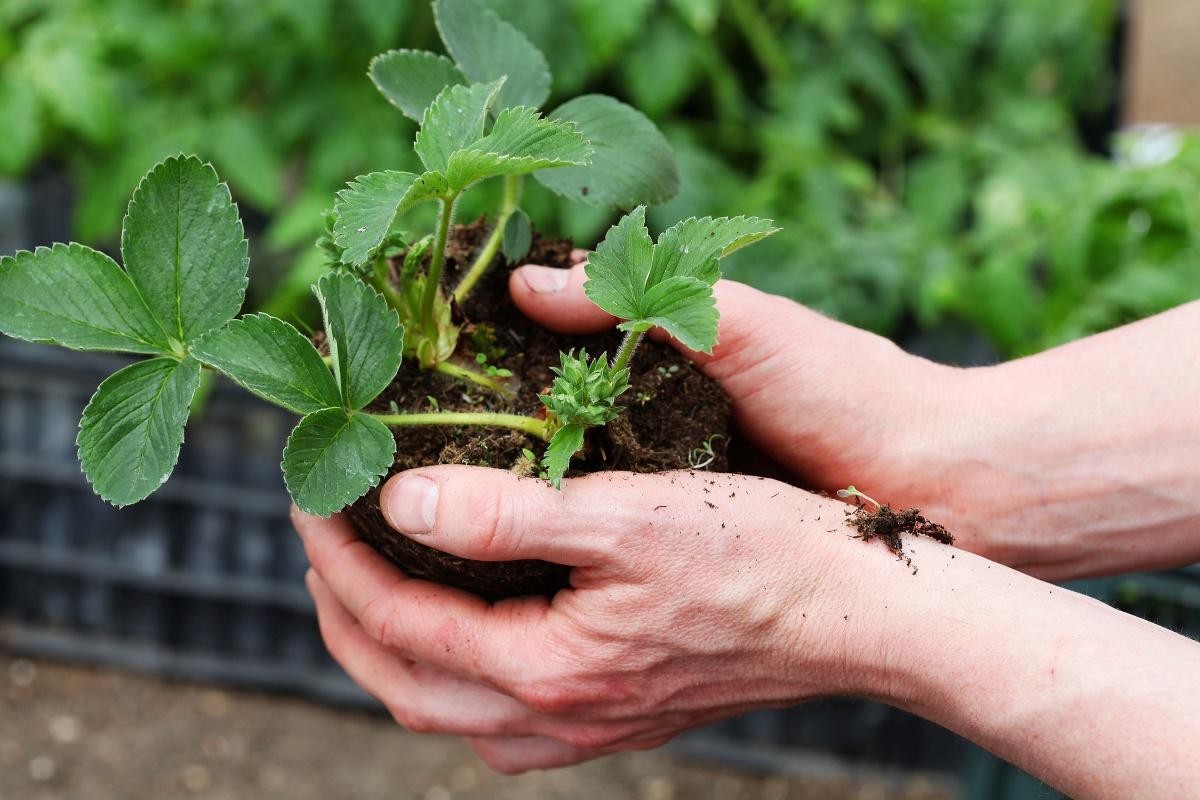 What month is better to choose for a strawberry transplant in the fall
What month is better to choose for a strawberry transplant in the fall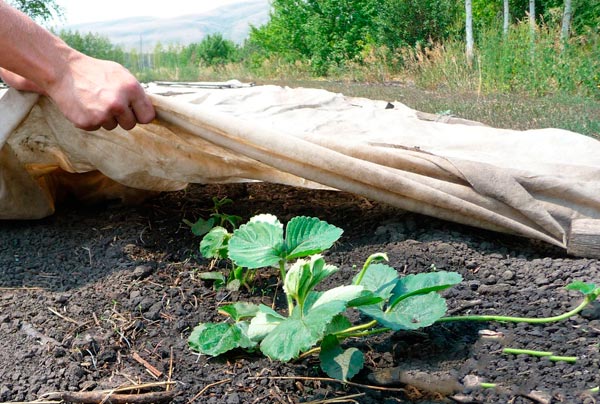 How to cover strawberries for the winter
How to cover strawberries for the winter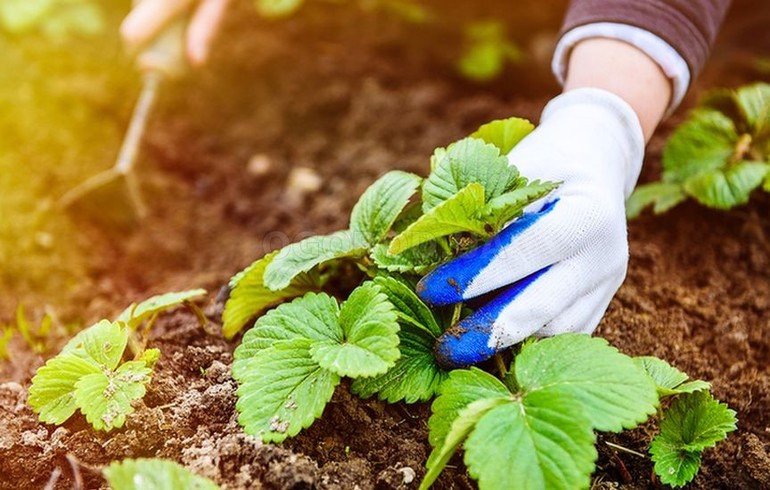 Proper care and pruning strawberries in the fall in the suburbs
Proper care and pruning strawberries in the fall in the suburbs